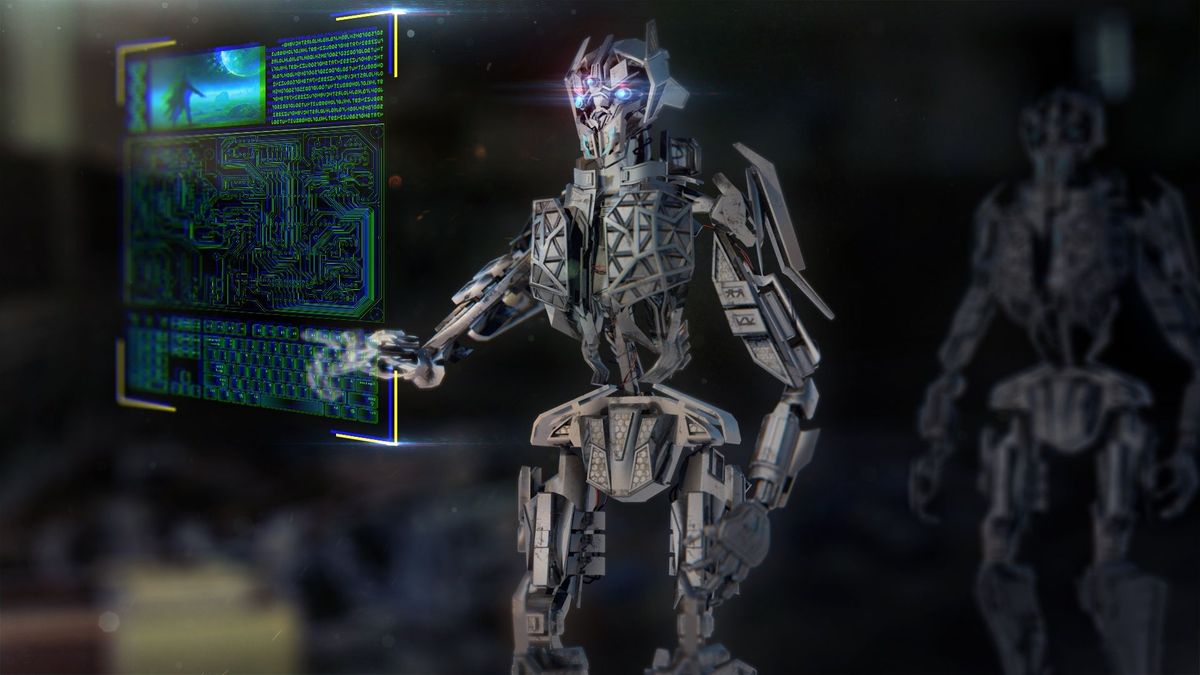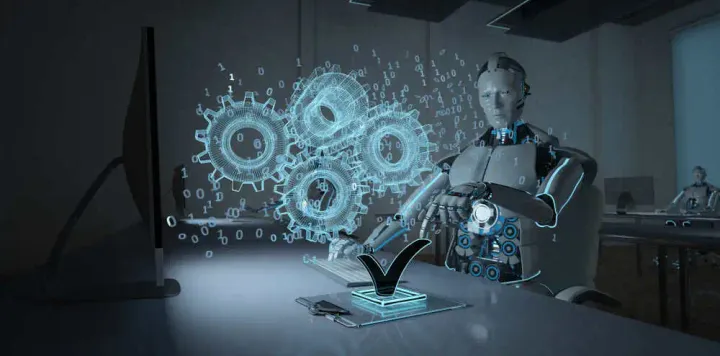Is Artificial Intelligence a myth?
The Artificial Intelligence (AI) is aimed to transfer human cognitive intelligence into machines. Simply put, we want machines to think like us

As with every other big trend in technology, the latest wave of making AI and smart systems a reality is generating excitement and enthusiasm. People hop on the bandwagon introducing not only brilliant ideas but also a lot of false claims and negative views in certain situations.
The Artificial Intelligence (AI) is aimed to transfer human cognitive intelligence into machines. Simply put, we want machines to think like us. But how do we achieve it? is a big bang question. Many companies use the word “Artificial Intelligence” to attract clients and capture the market. But they may have no idea what they are talking about. Artificial intelligence has not been recognized as an attempt to make machines intelligent. It has been more focused on intelligent automation, as described by Hod Fleishman, a contributor to Forbes.
We have achieved faster automation, better data processing, automatic tasking, pattern recognition and multi-scale decision making in the name of Artificial intelligence (AI). But if we look deeper with a critic view, it was all about intelligent automation. We have not taught machines how to think like a human. Machines do not start working until we train them to do. A sewing machine cannot stitch the wounds of a human until we teach them to do so. A blender cannot wash clothes by itself as it is not meant to learn this by itself.
So the Buzz word “Artificial Intelligence” must not be used right now. We have not achieved it yet. Machine Learning (ML) is a more suitable word currently can be used in the field of artificial intelligence. How we train a computer or a machine to do a specific task? We provide them a huge huge amount of data that covers every aspect of certain functionality. For example, in language processing, we provide a big catalog of words and phrases to make a semantic sense of a certain language. If we train a machine to learn English, it would not be able to learn Chinese by itself. So we should say the machine is as intelligent as its maker is, or less.
To make the machines think like us, we have to think like machines first. The core idea is not to put a brain in a machine but to make machines performing a specific task using their own built and capabilities. For example, if we want to cook something, we need hands, vision, smell, utensils and other accessories. But if we want to automate the cooking process, we do not need robotic hands with multiple angular movements. We just need cooking material, automatic cutter, and supplier, stove, and utensils. The focus is on the result, not the way of completing the task.
How to make a machine truly intelligent?
The human mind can forget and learn using previous experience. A child needs to see a cat twice before he remembers the cat. It looks so simple, as the human brain is no complex and augmented with senses. To make a machine remember the animal as a cat, we have to provide it with a huge amount of image data with all possible angles and points. Then the machine can recognize the patterns and declares it as a cat. Will the machine delete the non-related information we have provided by itself? Humans do this all the time i.e. forgetting useless information and attaining updated information and making inferences. We call it experience.
What human have that machines lack?
Our decisions are based on observations and emotions. We feel faster than we think. We react to the same stimulus differently under different emotional states. Our culture may influence our decisions. What machines lack are emotions. The machine performs in 1+1=2 fashion. They do what the data provided to them does. It is a big question about how to inject emotions into machines.
Approaches to AI
There are two approached to artificial intelligence.
1. Deep neural networks are the best way to collect a huge amount of data and process it to make certain patterns. However, they cannot perform abstraction (the exact wanted data).
2. Symbolic AI can provide abstraction but cannot process big data. When both technologies are coupled, Artificial General Intelligence (AGI) may be achieved. Google’s AlphaGo is the best demonstration for such a merger. AlphaGois the first program to defeat a human Go player.
So, before we claim to achieve AI, we must teach machines how to process the data, keep only relevant information, discard the useless one and set a rule. More the rules implanted, more tasks can be performed by machines. Even if a human is given lots of irrelevant information, he will become confused. So before achieving true AI, we first work on data models. If reunited, Both symbolic AI and deep neural networks can help achieve limited AI very soon.
When can we achieve true AI?
We cannot answer this question right now. We do not fully understand the functionality of our brains. How can we create a fully functional brain in machines? What we can achieve are baby steps towards automated problem-solving. More technological advances and more processing power we have, quickly we can achieve limited to true artificial intelligence.


